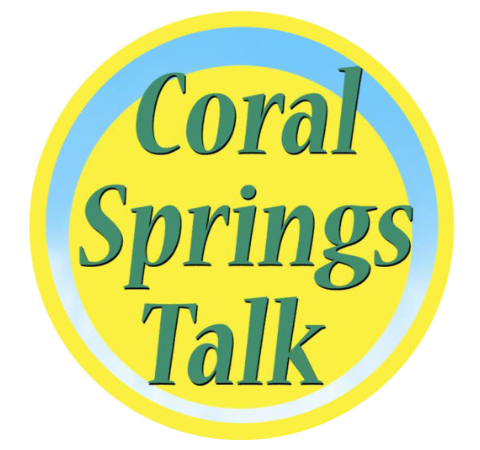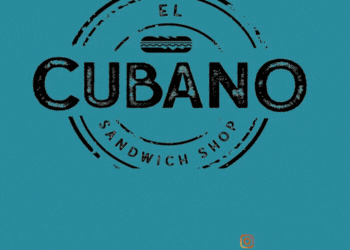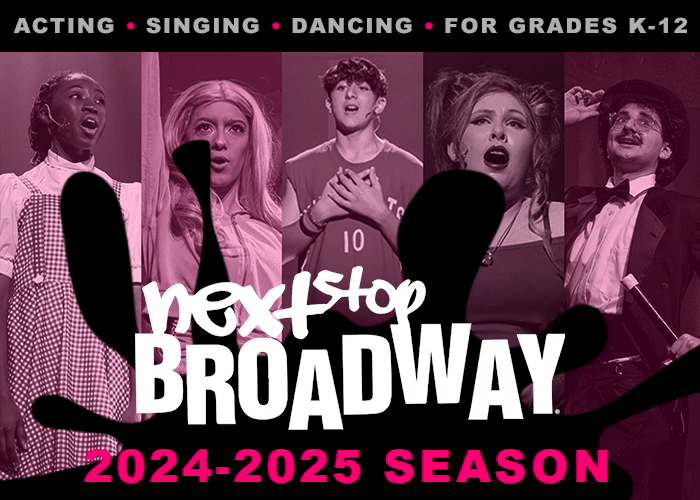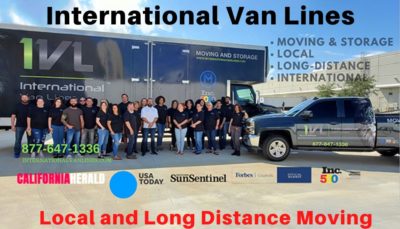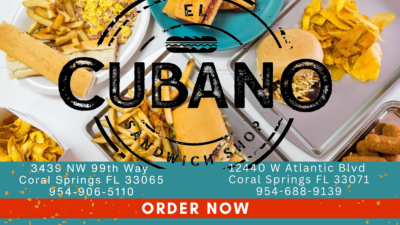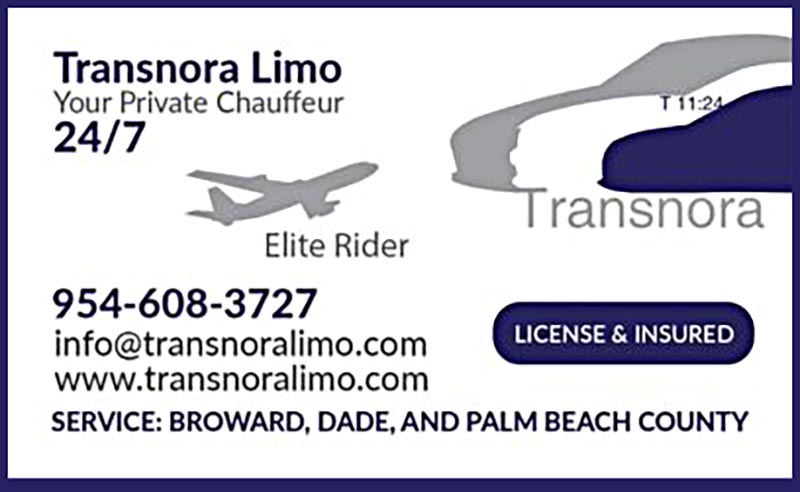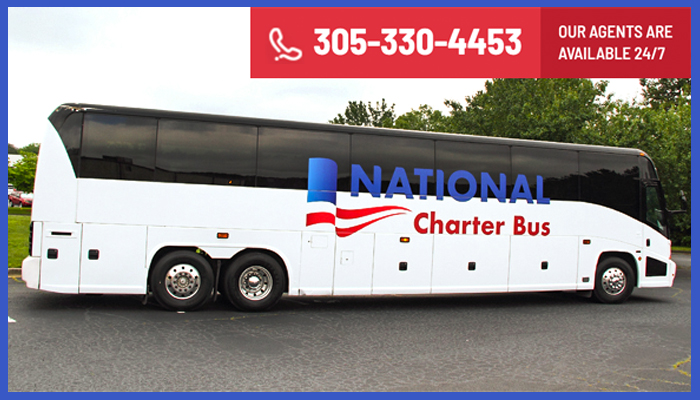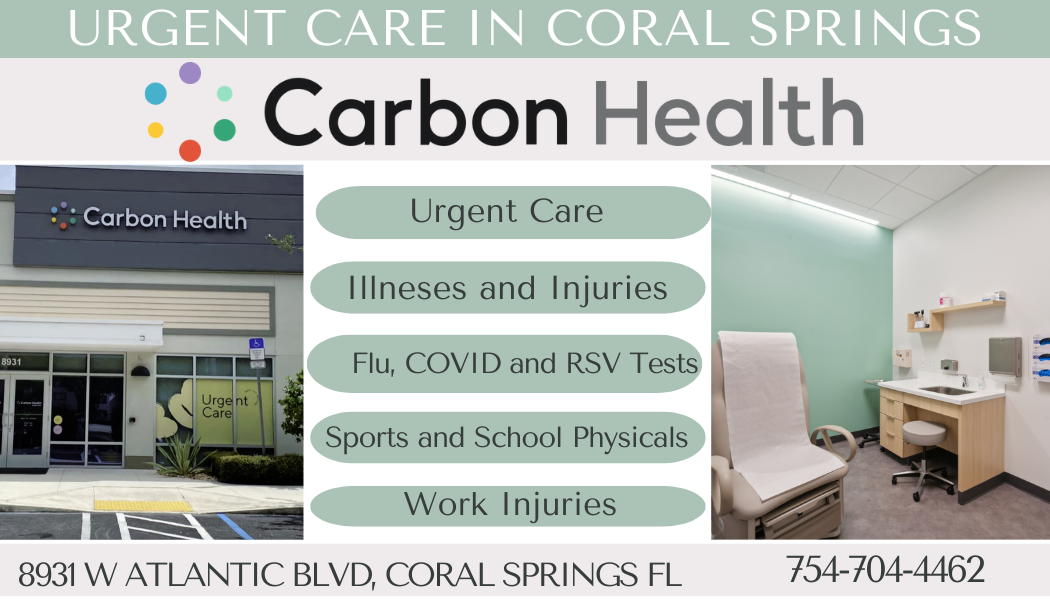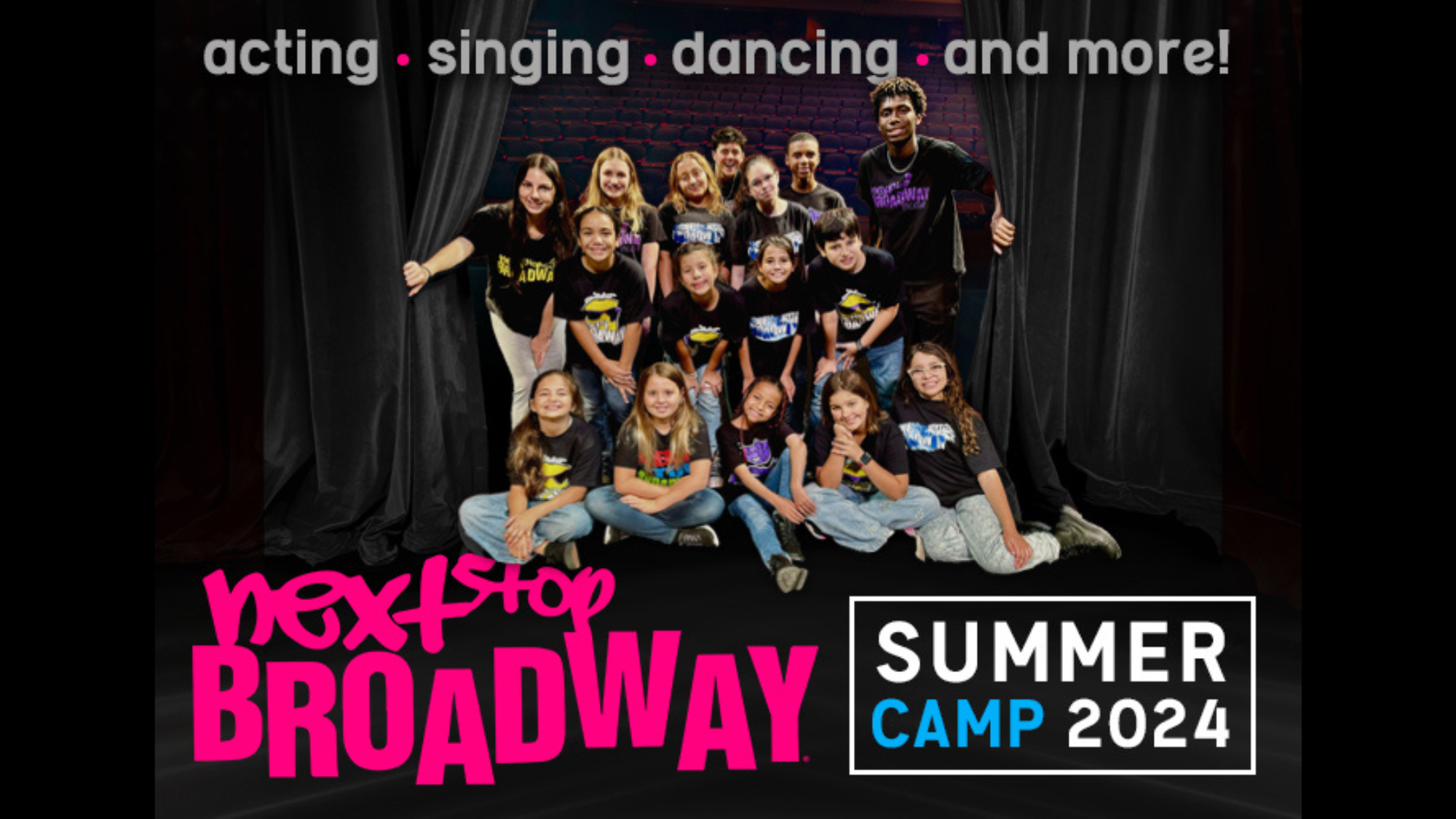By Alex Novell
In the late 1990s and early 2000s, kid-friendly, high-budget attractions were all on the rise in the U.S., but nowhere more than in Florida. Disney Quest, Chuck-E-Cheese, Dave and Busters, and Gameworks. These entertainment centers were hugely popular for their large scale and variety.
But there was something all of these places were missing. The same thing that brings huge crowds to places like EPCOT and Animal Kingdom: “Edu-tainment.” It was even bigger than regular entertainment centers for parents and kids.
Meet Luis Javier Laresgoiti. He arrived in South Florida from Mexico City, fresh off the back of his last business venture, La Ciudad De Los Ninos. In 1996, Laresgoiti developed a concept for an educational city for children and pitched it to his entrepreneur friend Xavier López Ancona.
Ancona agreed to partner with Laresgoiti to help them get funding but continued his day job.
Two years later, La Ciudad de Los Ninos had 400,000 more annual guests than anticipated. The park was a huge success, and it was all thanks to Laresgoiti’s creativity.
But more than the park’s success in Mexico City, it was needed for him. His next step for the city of children, America. Unfortunately, his business partner wasn’t quite ready to take that same risk yet, so Laresgoiti sold off his shares in La Ciudad De Los Ninos and relinquished his title of the founder — as long as he had the freedom to continue to develop his kid city theme park idea.
The Sawgrass Mills Mall is the 11th largest mall in America and is located across the street from the then-Bank Atlantic Center with tons of foot traffic.
So, in 2002, Laresgoiti brought his new theme park concept to a large section of the already busy mall. But this new idea would be more than just a city of children. It would be a city where kids could do anything they wanted to do.
Wannado City was just like any other city. It’s got a bank, fire department, hospital, courthouse, police department, and even a Publix grocery store.
The way Wannado City worked was simple: kids would go around the town and try different jobs, and at the end of the job, they get paid wongas, the local currency.
Wongas could be deposited at the bank and spent on local luxuries such as the Wonka Factory, The Coca-Cola Bottling Plant, Publix, the Wannado City Fair, and a permanent circus.
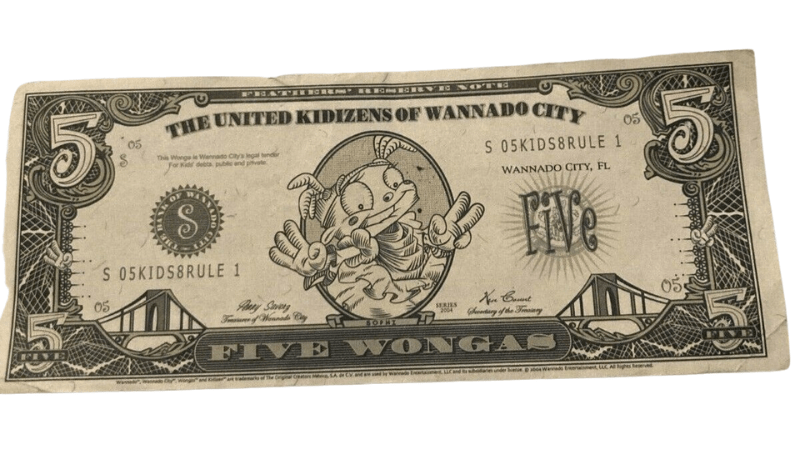
Wongas was the currency in Wannado City.
Upon arrival, guests were granted 150 wongas and were awarded 20 wongas for each activity. There were also ATMs where they could withdraw money or make a deposit at a State Farm bank so guests would not have to carry their money around.
Children were given “ATM cards” so they could deposit and withdraw more efficiently. The “ATM cards” were later discontinued in 2006.
The city hosted numerous job occupations: Children could star in their own television newscast, join the city’s fire or police department, work at the Miami Herald, or join the Spirit Airlines Flight Academy.
The city also hosted a theater, circus, hospital, movie studio, recording studio, courthouse, bakery, dental office, public park, library, and even an archaeological site.
Wannado City had an EPCOT-style business model regarding education and branding. Its sponsors were corporations including Motorola, Spirit Airlines, Comcast, CNN, Coca-Cola, Wonka Candy, Barnum & Bailey, and State Farm.
So That was it: the ultimate role-playing city. 150 wongas in their pockets and any job they wanted to do. The streets of Wannado City were calling their name.
Do anything you Wannado, be anyone you wannabe. It was the Spring of 2004, and after two years of development and construction, Wannado City opened to the public. All that was left was for the Wongas to start pouring in.
After all, spending was way up, and the economy was booming. What could go wrong?
When Wannado City first opened, it was unmistakable from any other thriving, up-and-coming city, except that all the citizens were children.
The first few years of Wannado City were a hit. The TV ad brought families from all over Florida to the infrequently visited City of Sunrise, and they had a dedicated group of local fans.
However, During the school week, Wannado City was a ghost town.
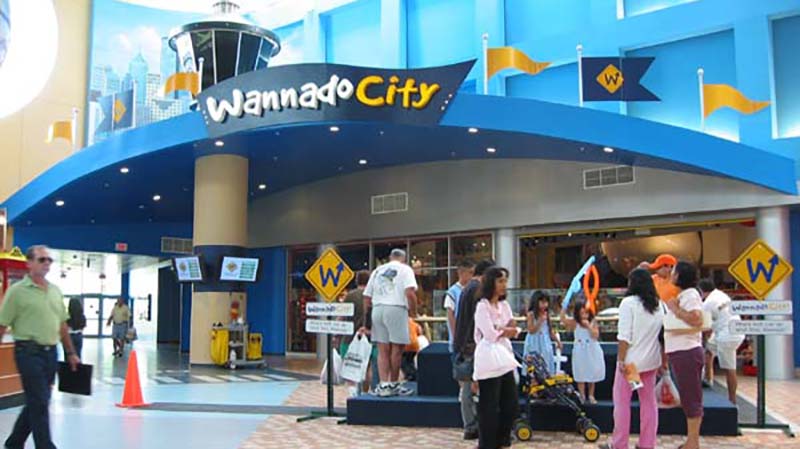
Wannado City {Parkworld-online}
They did an excellent job of adding new attractions to keep people returning, but that didn’t matter for long because, in 2008, the financial crisis hit Wannado City harder than any city in America.
Initially, the entry price was $25 for kids under 14, and $15 for over 14. But eventually, to keep up with rising costs, this was adjusted to $35 for kids and $10 for parents.
The food prices in Wannado City were also gouged to the point that the entire Wannado City food court would typically be empty, no matter how full the park was.
I mean, what were they thinking? Sawgrass Mills had two of the largest food courts in Florida. But the biggest problem for Wannado City was rent.
Wannado City was over 140,000 square feet — bigger than most of the department stores in the mall. And as the rent prices for Wannado City went up, attendance went down.
A perfect storm of financial ruin had struck the once-flourishing business.
Not even three years after the financial crisis, Wannado City closed its doors for good in 2011.
But what happened to Luis Javier Laresgoiti, the founder and mayor of Wannado City? Don’t worry. He’s still the CEO of a company, so that’s good for him. But what’s interesting is what happened to his co-founder of La Ciudad de Los Ninos, Xavier Lopez Ancona.
So, a few years after Laresgoiti departed from La Ciudad de Los Ninos, Ancona was ready to expand. So he rebranded the city to have a more global name: KidZania, which would go on to open locations all over the world, including one north of Dallas.
Ancona had taken the time to sharpen his business model and turn it into a profitable global brand.
There’s nothing left of Wannado City today. Its space was quickly turned into a bunch of stores now called “Fashion Row.”
All we’re left with are memories and things we wish we could have done but didn’t get to do. But isn’t that what life is all about? Sometimes you don’t get to do everything you wannado. And that’s okay.
Send Your News to Coral Springs #1 Award-Winning News Site Here. Don’t miss reading Parkland Talk, Tamarac Talk, Coconut Creek Talk, and Margate Talk.
